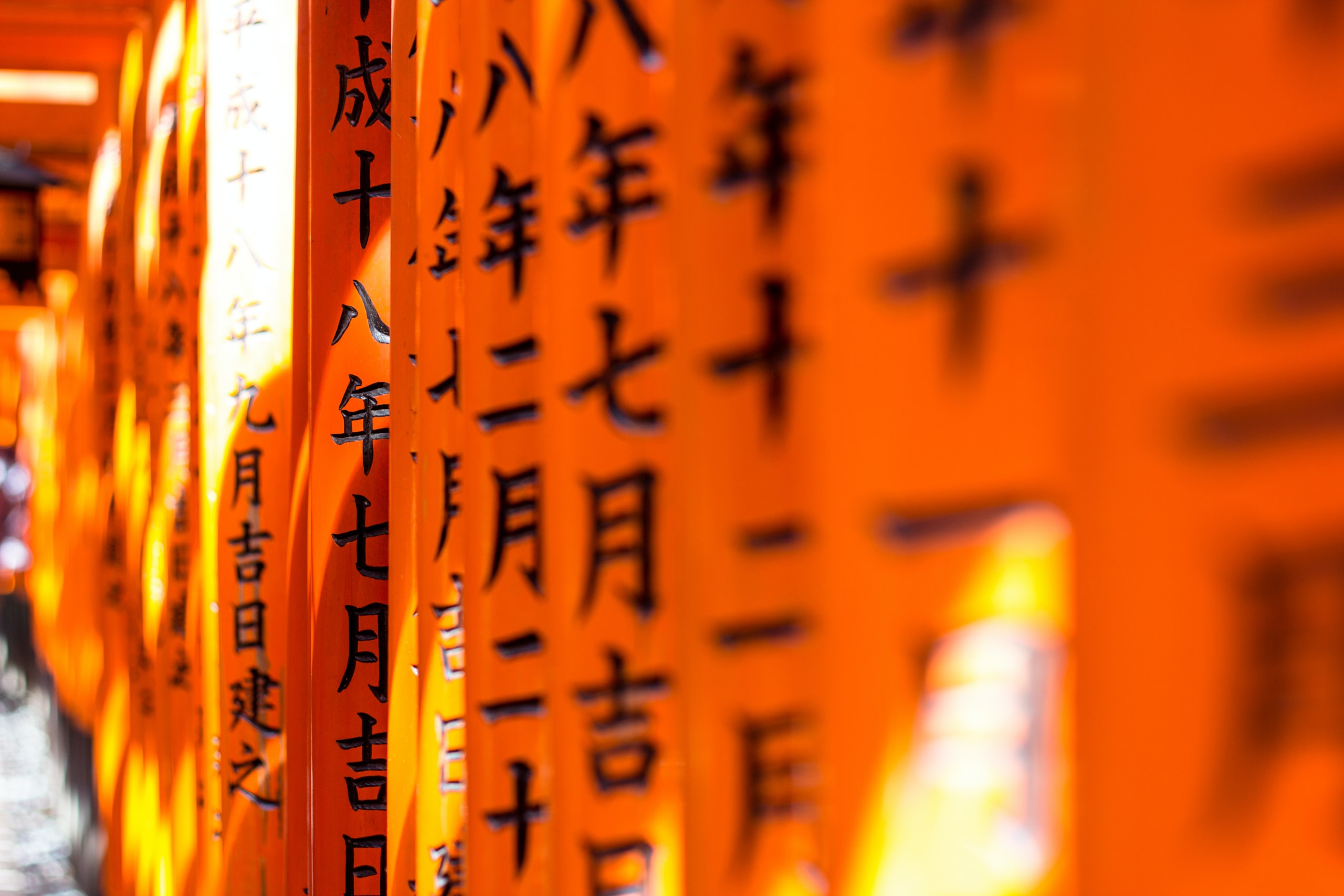Step 1: Be confident in Hiragana the most basic phonetic letters
-Search for “Hiragana charts” and imitate writing them one by one.
-Read each letter aloud when writing to learn the pronunciations.
-Find things with Japanese texts and practice reading Hiragana letters – on a package of Japanese foods, on a menu at a Japanese restaurant, etc. You can find a lot of reading materials on SNS such as Instagram as well. Search for #learnjapanese to find out all those Japanese teaching accounts!
-Learn the vocabulary from those Hiragana texts by looking up the meanings on dictionaries or translators.
* AI translators are not always correct, but it’s still reliable to get some ideas of what it means.
Step 2: Be confident in Katakana the special phonetic letters
-Search for “Katakana charts” and imitate writing them one by one.
-Read each letter aloud when writing to learn the pronunciations.
-Make connections with Hiragana and make sure you pronounce them exactly the same when you see those corresponding letters.
-Write Hiragana texts or words all in Katakana. Actually this is not practical to live in Japan, however, this is a great way to make connections with corresponding Hiragana. Ideally you should be able to convert Hiragana to Katakana straight away.
-Read aloud when you see Katakana words. Japanese teaching accounts on SNS will help you find texts with Katakana letters.
-Try writing all the city names of your country in Katakana since Katakana is basically for foreign words. Translators will help you how those city names are pronounced in Japanese. Basically just copy them by writing and get used to this writing system.
-Learn vocabulary while reading and look up the meanings on dictionaries or translators.
Step 3: Improve your skills
-Numbers – Read the numbers you see aloud, such as prices of things during shopping, street numbers, bills on your receipts, etc. Numbers are everywhere so just find them and read them aloud in JAPANESE!
-Kanji the symbolistic letters – Search for “JLPT Kanji list” and try from N5 the easiest level. Make sure to learn at least one kanji per day! It could be just one reading (either On-yomi or Kun-yomi) of the kanji you learn if it contains multiple readings. Make sure you learn the meaning as well and get each kanji as a symbol, they’re the simple pictures structured with lines and dots!
Also, it’s super common to see those kanji words read in a surprisingly irregular way, so even natives sometimes cannot read them properly. Therefore, do not get depressed every time you find a new way of reading them. Just enjoy learning one by one!
Japanese teaching accounts on SNS often indicate the readings of kanji with Hiragana, so you can practice reading them if you feel confident in Hiragana.
-Grammar – The important parts of Japanese grammar are the conjugations of verbs/ adjectives and particles, the grammatical markers.
In English, verbs change depending on “who” is doing (I talk/ he talks) or “when” one does (I talk/ I talked). In Japanese, the verb conjugation happens “when” one does or if one “does or not”. Particles are what English doesn’t have because English grammatically follows the strict word orders. However, as Japanese don’t have the strict word orders, particles (placed right after each word) are very important to see the functions of the words in a sentence. In Japanese, a word can be the subject, object, or even a place name depending on what particle you put after it.
To learn them, read as many sentences as possible and see when they are used. You can try making your own sentences with different types of conjugations and particles.


